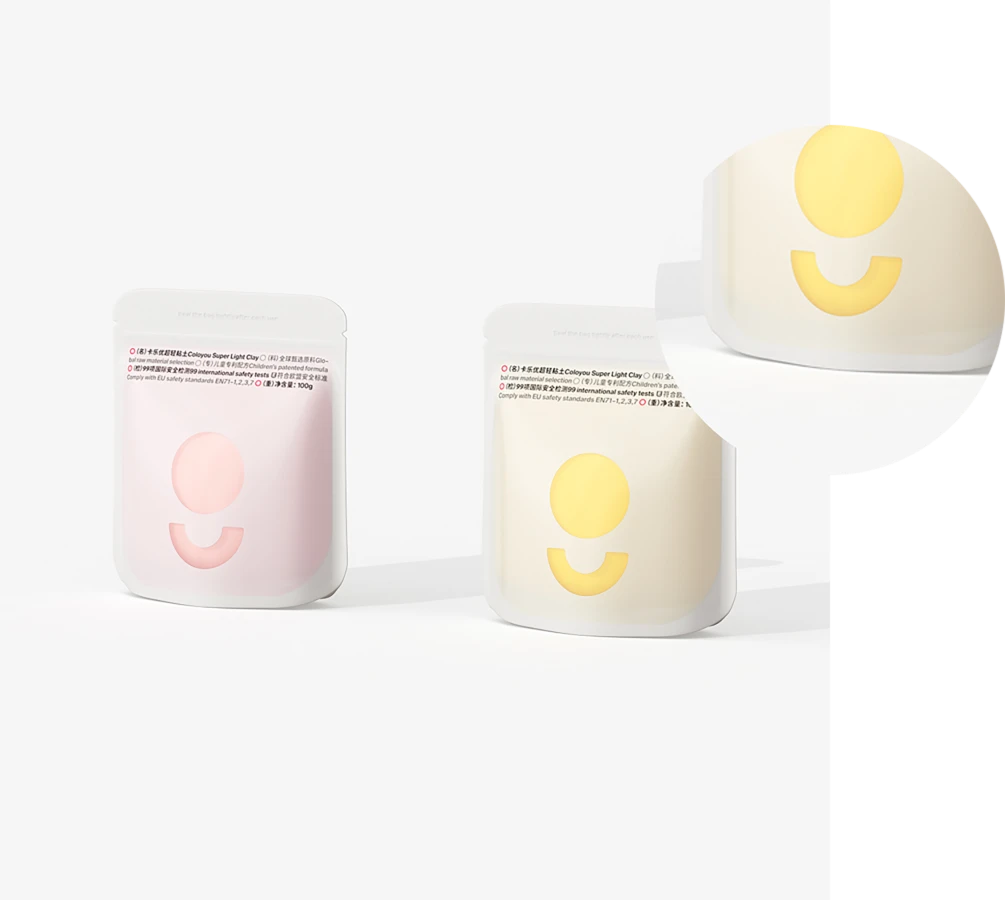- Afrikaans
- Albanian
- Amharic
- Arabic
- Armenian
- Azerbaijani
- Basque
- Belarusian
- Bengali
- Bosnian
- Bulgarian
- Catalan
- Cebuano
- chinese_simplified
- chinese_traditional
- Corsican
- Croatian
- Czech
- Danish
- Dutch
- English
- Esperanto
- Estonian
- Finnish
- French
- Frisian
- Galician
- Georgian
- German
- Greek
- Gujarati
- haitian_creole
- hausa
- hawaiian
- Hebrew
- Hindi
- Miao
- Hungarian
- Icelandic
- igbo
- Indonesian
- irish
- Italian
- Japanese
- Javanese
- Kannada
- kazakh
- Khmer
- Rwandese
- Korean
- Kurdish
- Kyrgyz
- Lao
- Latin
- Latvian
- Lithuanian
- Luxembourgish
- Macedonian
- Malgashi
- Malay
- Malayalam
- Maltese
- Maori
- Marathi
- Mongolian
- Myanmar
- Nepali
- Norwegian
- Norwegian
- Occitan
- Pashto
- Persian
- Polish
- Portuguese
- Punjabi
- Romanian
- Russian
- Samoan
- scottish-gaelic
- Serbian
- Sesotho
- Shona
- Sindhi
- Sinhala
- Slovak
- Slovenian
- Somali
- Spanish
- Sundanese
- Swahili
- Swedish
- Tagalog
- Tajik
- Tamil
- Tatar
- Telugu
- Thai
- Turkish
- Turkmen
- Ukrainian
- Urdu
- Uighur
- Uzbek
- Vietnamese
- Welsh
- Bantu
- Yiddish
- Yoruba
- Zulu
dessecant
Understanding Desiccants The Silent Guardians of Moisture Control
In our everyday lives, we often encounter small packets of silica gel tucked away in shoeboxes, bags, and electronics. Although these packets are typically dismissed as an afterthought, they play a critical role in moisture control. This is where the concept of desiccants comes into play. Desiccants are substances that absorb moisture from their surroundings, and they serve a vital purpose in preserving the integrity of various products, both in industrial applications and everyday use.
What Are Desiccants?
Desiccants are hygroscopic materials—meaning they have the ability to attract and hold water molecules from the surrounding environment. Common desiccants include silica gel, activated alumina, calcium chloride, and zeolites. These materials are often found in small packets that are labeled “Do Not Eat,” and their primary function is to prevent moisture accumulation, which can lead to mold growth, spoilage, corrosion, or degradation of products.
How Do Desiccants Work?
Desiccants function through physical and chemical adsorption processes. When exposed to moisture, desiccants absorb water vapor from the air and trap it within their structure. For instance, silica gel contains a network of tiny pores that can adsorb a significant amount of moisture relative to its weight. As the humidity in the environment rises, these materials will release the absorbed water once the humidity drops, maintaining a balanced moisture level.
Desiccants vary in their moisture absorption capacity and effectiveness. Silica gel, for instance, can absorb about 40% of its weight in moisture and can function effectively in a variety of temperatures and humidity levels. Calcium chloride, another popular desiccant, is particularly efficient in high humidity environments and can absorb more moisture but is often not as suitable for electronic products due to its corrosive properties.
dessecant

Applications of Desiccants
The applications of desiccants are incredibly diverse. In the pharmaceutical industry, they are used to maintain the stability and efficacy of medications by controlling moisture levels during storage and transportation. In the food industry, desiccants help to preserve food quality by preventing spoilage and prolonging shelf life. Electronics manufacturers often use desiccants in packaging to protect sensitive components from humidity, which can cause malfunctions or even total failure of devices.
Beyond industrial uses, desiccants are also beneficial for home applications. For example, placing silica gel packets in closets or around windows can help to prevent mold and mildew, particularly in damp climates. They can also be used in toolboxes to prevent rusting and in storage bins to protect seasonal clothing and linens from moisture damage.
Environmental Considerations
While desiccants provide substantial benefits, their environmental impact must also be considered. Traditional desiccants like silica gel are non-toxic and can be reused or regenerated by drying them in an oven. However, newer materials and their disposal should be evaluated for sustainability. Companies are increasingly focusing on environmentally-friendly desiccants, such as those made from natural substances like clay, which can mitigate environmental concerns.
Conclusion
Desiccants might seem like small, insignificant items, but their role in moisture control is crucial across various industries and applications. By understanding how they work and where to use them, we can leverage these silent guardians of moisture control to protect our products, preserve quality, and ultimately create a better environment for storage and usage. As technology advances and our awareness of environmental impact grows, the development of more sustainable desiccants will likely evolve, ensuring that we can continue to benefit from their essential properties without compromising our planet's health.













